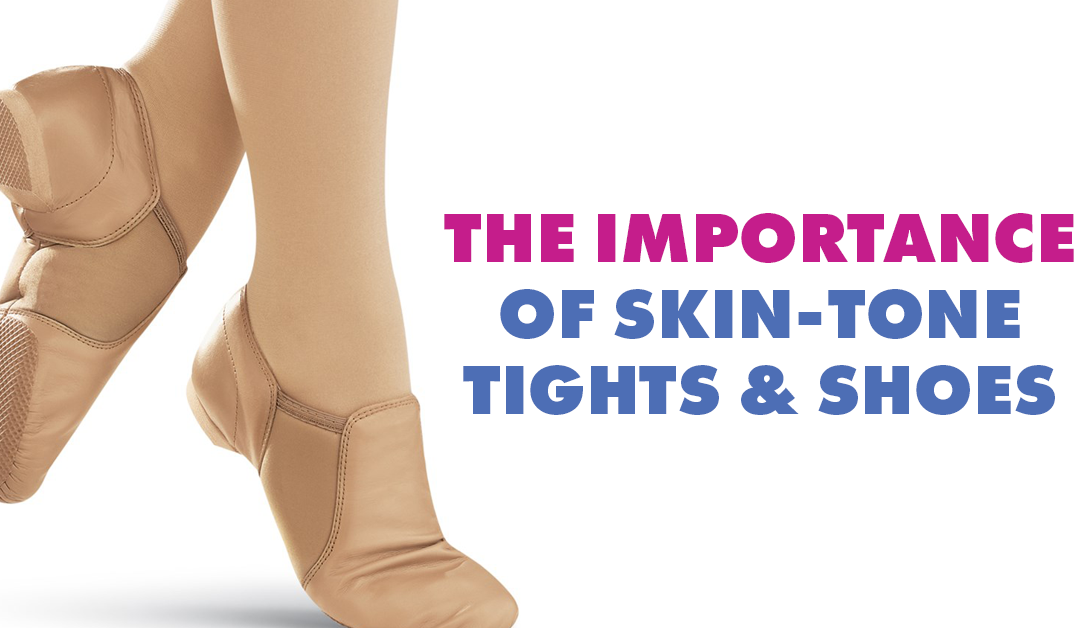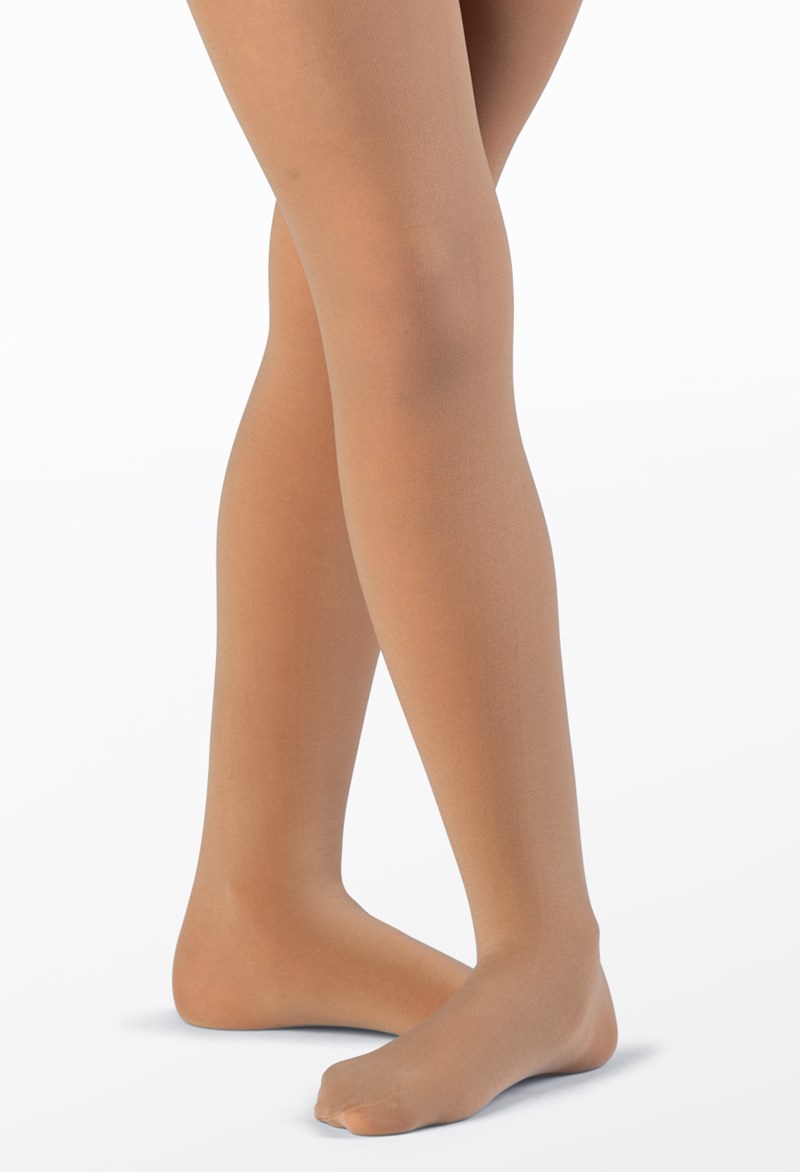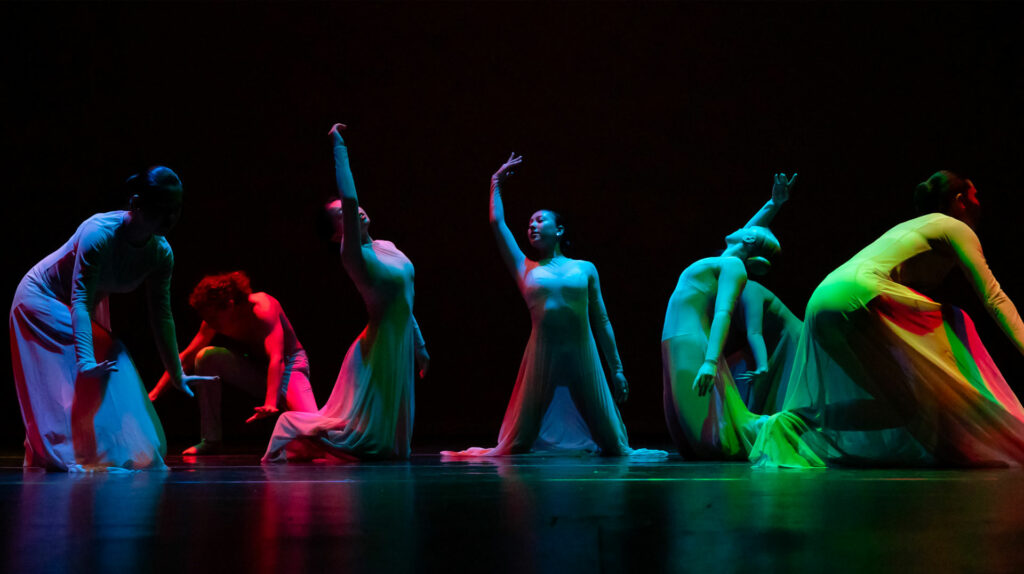Introduction:
Dance is a beautiful form of expression that transcends borders and languages. Whether it’s ballet, jazz, hip-hop, or any other style, the dance world should be a sanctuary for all. However, sometimes even the most traditional aspects of dance can inadvertently exclude or minimize a range of experiences and identities. One such area that has been ripe for reconsideration is the costume—specifically, tights and shoes.
For years, pink tights and shoes have been the norm in ballet and jazz dance classes. But what if this seemingly minor costume requirement is actually reinforcing racial disparities and exclusion? In an effort to create a more inclusive environment, many dance schools and studios are now considering a shift to skin-tone tights and shoes. Let’s delve into why this is important.
The Historical Significance of Pink Tights and Shoes
Pink tights and shoes became the standard largely due to historical Euro-centric traditions of ballet and jazz. While there’s a place for tradition, it’s critical to evaluate which traditions are meaningful and which ones unintentionally perpetuate a narrow view of what dance—and dancers—should look like.
Why Skin-Tone Tights and Shoes Matter
Representation
When dancers can wear tights and shoes that match their skin tone, it sends a strong message that all bodies are welcome. Children, particularly, need to see themselves in the activities they pursue. They need to know that their skin tone is not a barrier to full participation or excellence in dance.
Aesthetic Unity
In ballet and jazz, the line of the leg is extremely important aesthetically. Pink tights may disrupt this line for dancers with darker skin tones, drawing attention to the tights rather than the technique. Skin-tone tights and shoes help create a more seamless look, highlighting the dancer’s skill rather than their apparel.
Psychological Impact
It’s no secret that dancers are often perfectionists. A costume that makes a dancer feel like an outsider can have negative psychological effects, impacting their performance and long-term engagement with dance. Offering more inclusive attire options can go a long way in helping dancers focus on what truly matters: their art.
The Bigger Picture: Inclusion Policy
Switching to skin-tone tights and shoes isn’t just about changing a costume requirement; it’s about changing the culture of dance studios and schools. Inclusion policies should not be limited to welcoming students of all backgrounds; they must also extend to the minutiae, such as dress codes, that subtly signal who is “normal” and who is not.
What Studios and Schools Can Do
- Revisit Policies: Take a look at your current dress code policy. Is it explicitly or implicitly biased? Does it make concessions for different skin tones?
- Offer Choices: Rather than mandating a single color, offer a range of tones so dancers can choose what best suits them.
- Engage in Dialogue: Discuss the potential change with your students and their parents. Include them in the decision-making process and make space for their concerns and suggestions.
- Educate: Make it a teaching moment. Use this policy shift as an opportunity to educate young dancers about the importance of diversity and inclusion in the arts.
- Be a Role Model: By leading the way in making dance more inclusive, you encourage others to follow suit, creating a ripple effect that could reach far beyond your local community.
Conclusion
The shift from pink to skin-tone tights and shoes is not just a superficial change. It’s a step towards a more inclusive, equitable dance world where every dancer can see themselves as a valuable part of the community. This is a change that has been long overdue, but as the saying goes, “better late than never.” Let’s not just kick up our heels in dance, but also kickstart meaningful conversations and actions that make everyone feel welcome in the world of dance.
Ready to try a dance class?
Principal Creative & Performing Arts offers kids dance classes in San Mateo, CA. Ballet, Tap, Jazz, Lyrical, Contemporary, Hip Hop, and Musical Theatre classes are available for kids ages 5 and up. Free trial for new dancers.



